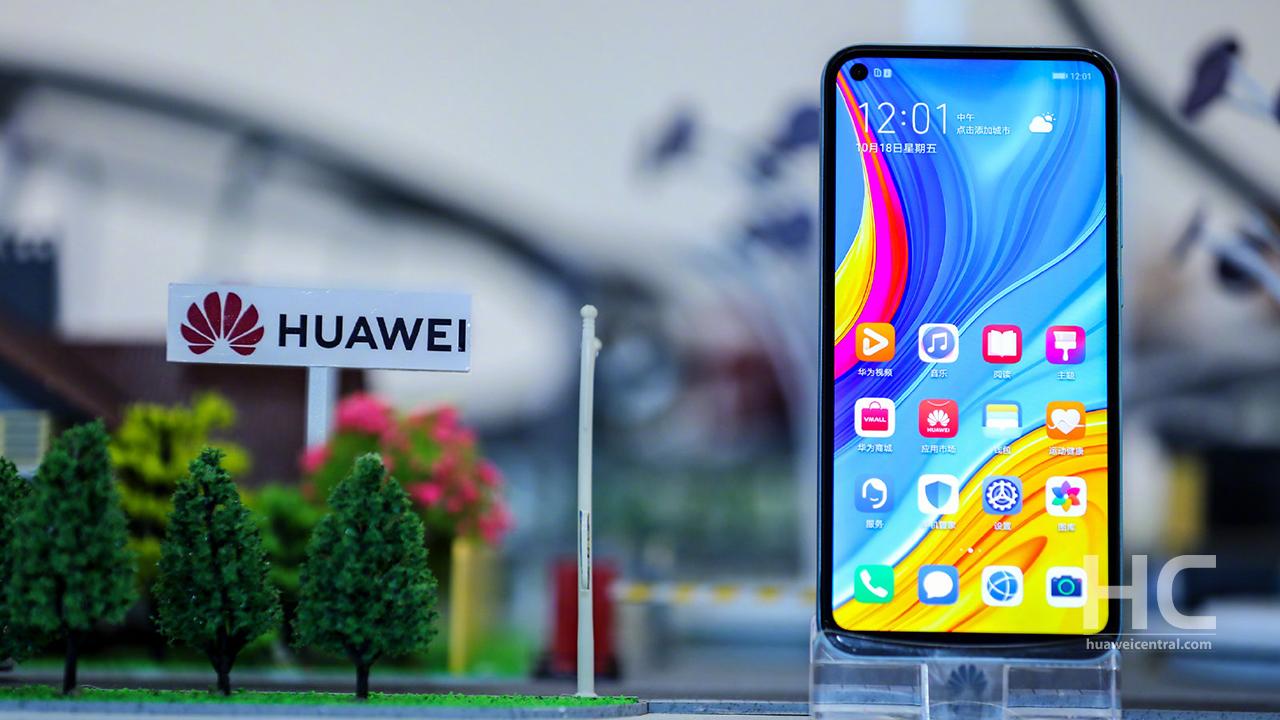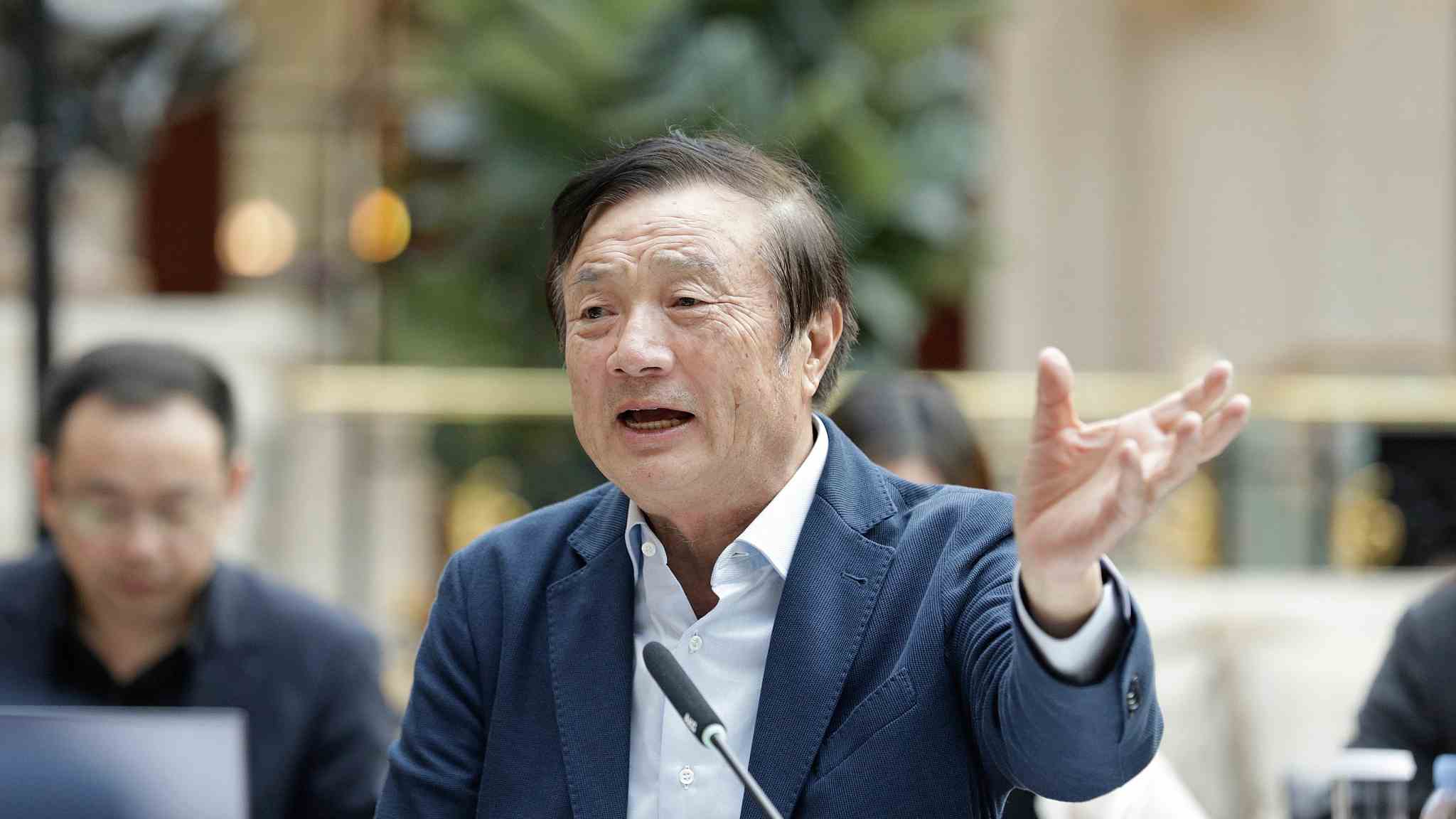News
Huawei already has one billion smartphones on internet and we must build a fully open ecosystem: Founder

Huawei founder and CEO, Ren Zhengfei recently gave a statement at GTS Cloud and Device Cloud Cooperation and Integration Progress. Ren mentioned that Huawei currently has a wide range of devices that already reached around one billion active phones.
Now, with the collaboration of devices and GTS, Huawei’s GTS service network is optimized for the first time around the experience of connecting terminals, management, and cloud.
The Huawei founder also said that, in the next step, through 2-3 years of practice, in the future, GTS services will create the world’s best experience, the safest, and the most reliable end-pipe cloud ecosystem. In addition, Ren Zhengfei said that Huawei must have a fully open ecosystem architecture to enable many SaaS applications to grow on Huawei’s cloud platform.
Huawei has been talking about the strategy of “end, control, and cloud” for many years. This collaboration between devices and GTS is the first time that Huawei’s GTS service network has been optimized around the experience connecting devices, management, and cloud.
So that Huawei’s equipment network that serves the world can be optimized. In the future, Huawei’s understanding of networks, network performance, and services can also be abstracted and these abstracted assets can be provided to other operators to provide services through Huawei’s cloud.
The first device coverage is very large, Huawei has one billion smartphones connected to the internet. Smartphones along with smartwatches, water meters, electricity meters, large screens, and more are the devices.
The feedback information from these devices on the network can be sufficient. The experience of these qualities of the network predicts network failure and evaluates network equality, which will make a big contribution.
What is the strategic significance of end-pipe-cloud integration? Provide customers with leading telecommunications network service systems, so that Huawei can lead in network quality and user experience.
He also said end-to-end cloud collaboration, GTS helps the terminal cloud to accelerate the establishment of mobile networks in various provinces, reduce end-to-end latency, increase end-to-end bandwidth, and enhance consumer business experience. We can also open these capabilities to terminal cloud ecosystem partners.
End managed cloud data integration, under the premise of complying with user privacy, operator data security and national laws, more open data, forming a chemical reaction, and extending to the home-wide field, combining network equipment ONT and home devices protocol interoperability,
GTS cloud, application cloud, etc. to create leading SaaS services and drive the rapid development of Laas. The application ecosystem is rich and diverse. We must make a fully open ecological architecture to allow many SaaS applications to grow the cloud platform, data collaboration.
On the other hand, to enhance the home broadband user experience, but also allows operators to identify users who report failures in advance, improve the accuracy of fault identification, increase the proportion of remote repairs, and help customers realize the transformation of 2H intelligent operation and maintenance.
Combining the intelligent terminal data, community data, indoor unit type, and coverage data modeling of the IoT product line, the Smart Life App can maintain and upgrade each device in the home, and these capabilities can be further incorporated into the end-pipe cloud collaboration.
(Via)








